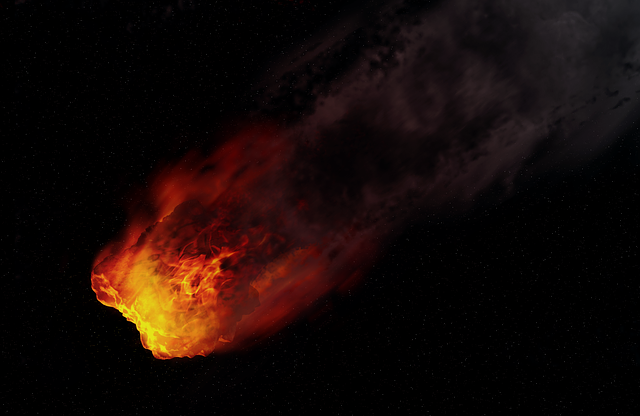Five asteroids, one being as large as a bus and the other the size of an airplane, are expected to pass by Earth later this week, NASA said.
According to the Asteroid Watch Dashboard’s findings, which tracks asteroids and comets set to approach within close proximity to Earth, none of the asteroids are expected to pose a threat to our planet. An object larger than 492 feet is deemed “potentially” hazardous, but none of the asteroids are expected to come close to that measurement.
However, this phenomenon is fascinating for many in the science community; oftentimes, as an asteroid approaches Earth, its size decreases from rapid force to a point at which they are almost imperceptible.
While there are billions of asteroids in the universe, many of them exist within the asteroid belt, hundreds of millions of miles away from Earth. Additionally, many asteroids are in active orbit, and do not intersect with Earth’s orbit, therefore lessening the chances of a possible sighting or collision.
Nasa’s Center for Near Earth Object Studies has been working tirelessly to ensure that the closing-in objects are of no hazard to life on Earth and at present, more than a handful of objects are being monitored for safety precautions. NASA uses computer modeling to determine asteroid and comet orbits and their potential chances of impacting Earth.
The five asteroids are a few of several that have flown by Earth this year, following asteroid 1994 XD in June at a distance of more than 1.9 million miles away.
According to NASA, asteroids are “small rocky objects that orbit the sun,” and are “leftover from the formation of our solar system” over 4.6 billion years ago.
The first asteroid, named 2021 JA5, will approach Earth within 3.2 million miles on Wednesday. According to NASA, the asteroid is about 59 feet long, or the size of a house.
On Thursday, two asteroids will swing by. One is asteroid 2023 QC5, which is about the size of an airplane; approximately 83 feet long, and will come as close as 2.5 million miles to Earth.
The second asteroid is the 26-foot, or “bus-sized”, 2020 GE. At its closest distance from Earth, it will be the farthest out of the five asteroids at over 3.5 million miles.
On Sunday, the 63-foot 2023 QF6 will come within 1.7 million miles from Earth, while the largest asteroid of the five, the 170-foot 2023 QE8, will have the closest approach of all five at just under 1 million miles from the planet’s surface.
Since NASA began detecting asteroids, its agency has discovered over 32,000 objects within the solar system, more than 10,500 of which exceeded 460 feet.
Recently, NASA has taken steps toward protecting humanity from asteroids but also other inbound objects. The Planetary Defense Coordination Office was established in 2016 to identify near-Earth objects that could crash into the planet in order to help the United States government mitigate potential threats.
About a year ago, NASA successfully crashed a spacecraft into an asteroid known as Dimorphos, adjusting its speed and path as the first test mission for the agency’s redirection efforts.
This time, however, these five asteroids pose no threat to Earth and can be observed through a suitable telescope or online. There are roughly one million asteroids in the universe and these five highlight the importance of scientific discovery and efforts from NASA to provide information and new findings.












